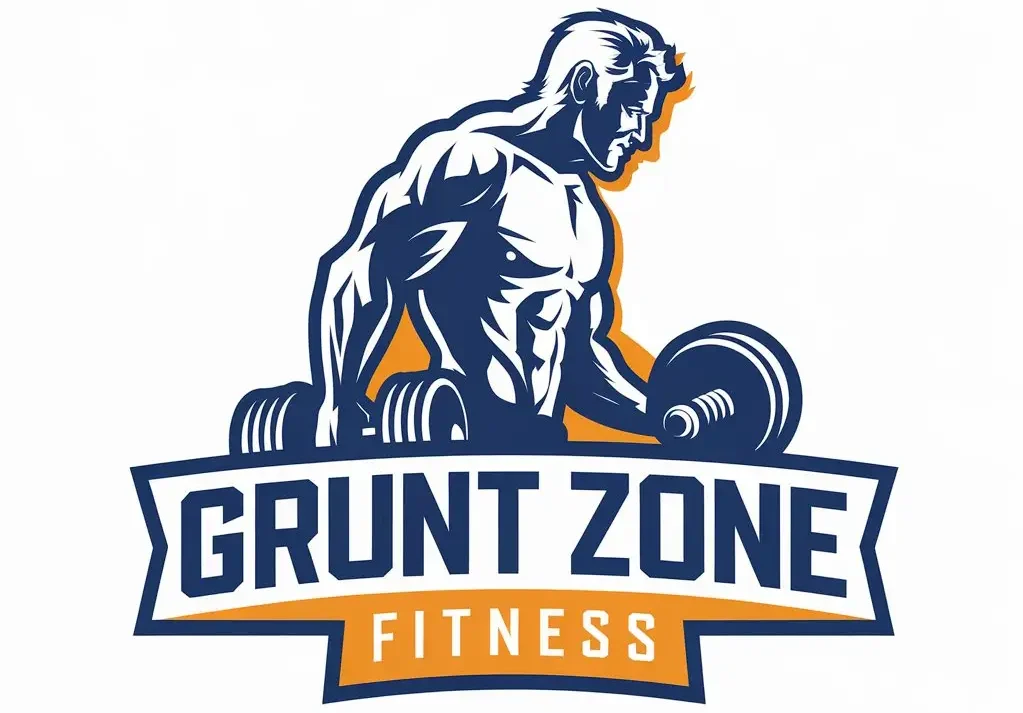
Entering bodybuilding competitions over 50 is an empowering way to redefine aging, embrace strength, and set new personal milestones. As more adults over 50 pursue competitive bodybuilding in 2024, the landscape is evolving with age-specific categories, science-backed training, and a vibrant community. Whether you’re seeking a new challenge or aiming to showcase your dedication, preparing for bodybuilding after 50 requires tailored strategies that respect your body’s unique needs. This guide delivers actionable steps, expert insights, and the latest trends to help you confidently step on stage for your first competition.
Understanding the Unique Challenges of Bodybuilding Competitions Over 50
Physiological Considerations and Age-Related Adaptations
Preparing for bodybuilding after 50 involves recognizing how aging impacts muscle mass, recovery, and metabolism. According to a 2023 study published in the Journal of Strength and Conditioning Research, adults lose up to 1% of muscle mass per year after age 50, making resistance training and protein intake crucial. Hormonal changes, joint health, and slower recovery rates also require adjustments in training intensity and volume. Dr. Bill Campbell, a leading exercise scientist, emphasizes, “Older athletes can achieve remarkable physiques, but must prioritize recovery and injury prevention.”
Current Trends: Growth of Masters Divisions
In 2024, bodybuilding federations are expanding Masters categories, with more events specifically for competitors aged 50 and above. This shift offers a supportive environment and fair competition, encouraging more adults to participate.
- Tip: Choose competitions with age-specific classes to ensure a level playing field.
- Tip: Consult a physician for a health screening before starting intensive training.
Building a Safe and Effective Training Plan After 50
Strength Training Strategies for Mature Athletes
For those preparing for bodybuilding after 50, a well-structured resistance program is essential. Focus on compound movements—such as squats, deadlifts, and presses—while integrating joint-friendly alternatives like machines or resistance bands. The American College of Sports Medicine recommends at least two to three strength sessions per week, emphasizing progressive overload and proper form. Allow extra recovery days to accommodate slower tissue repair and reduce injury risk.
Incorporating Flexibility, Mobility, and Cardio
Maintaining flexibility and joint health is vital. Include dynamic warm-ups, stretching, and mobility drills in every session. Cardiovascular exercise supports heart health and fat loss, but should be balanced to avoid excessive fatigue. For example, brisk walking or cycling three times per week can complement your strength regimen without compromising muscle gains.
- Use a periodized training plan to cycle intensity and volume.
- Track progress with a training log to monitor strength, recovery, and any joint discomfort.
Optimizing Nutrition and Recovery for Peak Performance
Dietary Adjustments for Muscle Growth and Fat Loss
Nutrition is a cornerstone of success in bodybuilding competitions over 50. Research from the International Society of Sports Nutrition highlights that older adults benefit from higher protein intake—aim for 1.2 to 1.5 grams per kilogram of body weight daily. Prioritize lean proteins, whole grains, healthy fats, and plenty of vegetables. Hydration is equally important, especially during the summer months when dehydration risk is higher.
Recovery Techniques and Sleep Hygiene
Quality sleep and active recovery are non-negotiable. Aim for 7-9 hours of sleep per night, and incorporate rest days, massage, or gentle yoga to promote muscle repair. Dr. Gabrielle Lyon, a muscle-centric medicine specialist, notes, “Older athletes who optimize sleep and nutrition see better muscle retention and performance gains.”
- Consider working with a registered dietitian experienced in sports nutrition for personalized guidance.
- Monitor energy levels and adjust caloric intake as competition approaches.
Preparing for the Stage: Posing, Presentation, and Mindset
Mastering Posing and Stage Presence
Posing is a critical yet often overlooked aspect of bodybuilding competitions over 50. Start practicing mandatory poses early, ideally with a coach or experienced competitor. Record your sessions to refine technique and build confidence. Presentation—including tan, attire, and stage walk—can make a significant difference in scoring.
Building a Resilient Mindset
Competing for the first time can be daunting, especially after 50. Set realistic goals, celebrate progress, and connect with the Masters bodybuilding community for support. Remember, every competitor faces nerves—embrace the journey as a testament to your discipline and growth.
- Attend local shows in June or summer 2024 to observe judging and backstage routines.
- Join online forums or social media groups for peer advice and encouragement.
Conclusion: Embrace the Challenge and Celebrate Your Achievement
Preparing for your first bodybuilding competition over 50 is a transformative experience that blends physical, mental, and emotional growth. By addressing age-specific challenges, following evidence-based training and nutrition strategies, and cultivating a positive mindset, you can step on stage with confidence. The growing popularity of Masters divisions in 2024 means you’re part of a supportive, inspiring movement. Embrace the process, seek expert guidance, and remember: your journey is as rewarding as the competition itself.


Leave a Reply